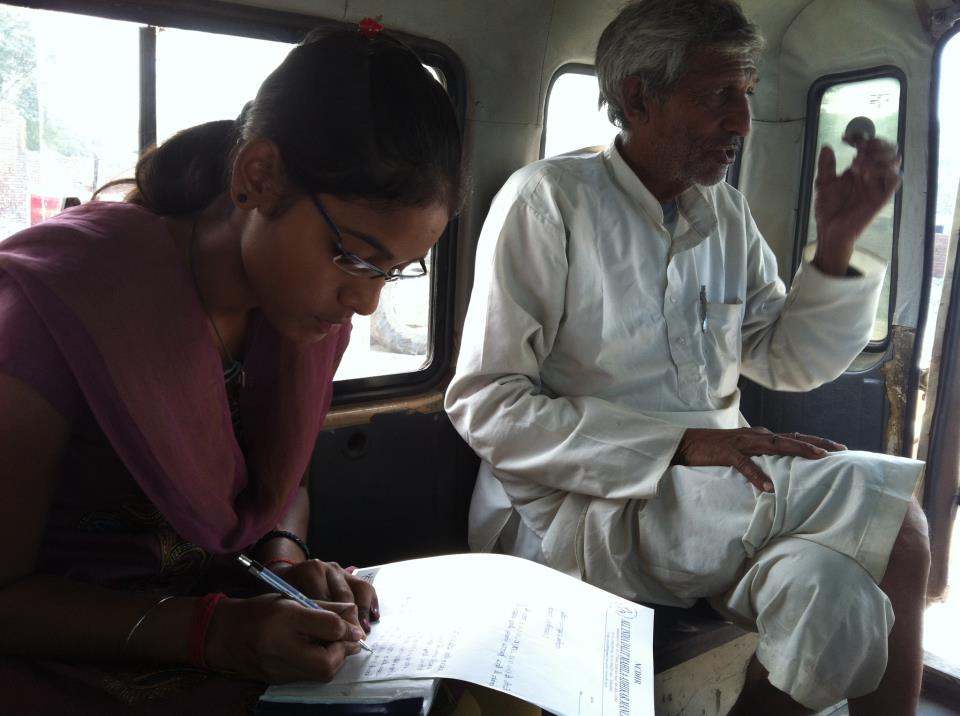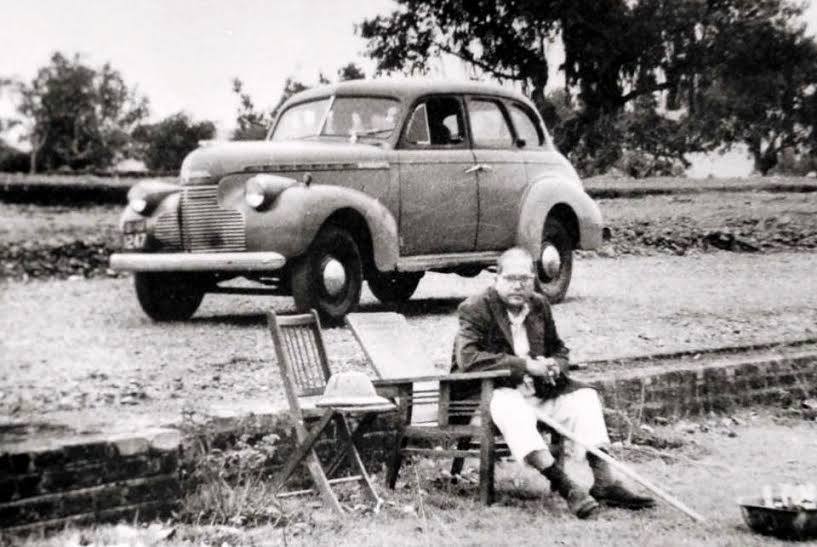Anu Ramdas
We stand in solidarity with the gang raped student in Delhi, fighting for her life in the hospital.
No, we are not going to say why no outrage for the rape and murder of the 8 year old dalit girl in Bihar, and why no outcry for the series of horrifying gang rapes on dalit women by upper caste men in Haryana. Dalit and adivasi girls and women are raped, gang raped, mutilated and murdered all over the country by upper caste men, dominant caste men, men in uniform, and some of them, like women in all communities across castes and classes are raped by their own husbands and other relatives. Rape is not used just as an instrument of violence; it is used to perpetually define both the gender and caste vulnerability of dalit and adivasi women. You see, our battle appears to be a different one.
No, all the coverage that the Delhi rape incident gets is not excessive attention; the amount of expressed outrage never needs to be quantified for crimes such as these against women. But expression of societal outrage should lead to social reform, and the key for this is the media machinery, which in India is exclusive for certain classes and remains unavailable for rape survivors from marginalized communities. Can a society that ignores the existence and struggles of large groups of rape survivors effect transformation of gender relations? There is a deeper problem for dalit and adivasi women, expression of outrage also needs a degree of safety. The probability of being chance victims of gang rapes is not a given for dalit and adivasi women, as repeat assaults are an ever present threat to rape survivors from our communities. Cold silence is sometimes our only resistance. You see, our struggle is a different one.
But yes, this rightful but selective national exclamation of horror against this urban gang rape furthers the normalization of rapes and gang rapes of dalit and adivasi women.
Yes, this is an erasure of the protests by dalit and adivasi women in Vachati, in Chattisgarh, in Haryana, in Manipur, in jails, in thanas, in courts and in villages all over the country.
No matter how much this selective public anguish disturbs us, we cannot and will not submit to selective empathy, such a thing does not exist for those concerned with bearing witness to human rights violations. There is no place in our humanity for comparing, equating or negating tragedies. True, solidarity is never extended to the rape survivors of our communities, but we extend it, to all rape survivors, to their grieving parents, and shocked loved ones.
We are talking of this nation’s centuries of rape history. There is an immense quietness that surrounds our consistent struggles to civilize this society. Take a second to pause on this image from Asha Kowtal’s photo essay on the Dalit women led protests against gang rapes (‘Dalit Mahila Garima Yatra’) in Haryana; it captivates me endlessly– a slender girl and a frail elder seated in an unsteady vehicle. Her steady hand pens down the high-frequency of gang rapes on our women, and records the community’s fight for justice and change. Between these two unrelated individuals lies the marginalized communities’ aspiration for a violence free world.
A caste society does not permit even the imagining of a gender just, safe and free world for all women. Only when there is intention and will to upend caste can we also begin to envision gender being given a chance to equate. Our struggle is a long one.
~~~
This article is also published on Round Table India


Thank you for this thoughtful article.
The media accepts the institutionalised rape called marriage as normal and it accepts gang rapes of Dalit and Adivasi women as normal too. It stirs itself only for novelty, like any pornographer – and the violent gang rape in public transport in the heart of affluent Delhi was a novelty. What continues to surprise is what happened to the caste of the rape victim and the perpetrators in public discourse. Jyoti Singh was a Bahujan woman of the Kurmi caste. Her rapists included a Sharma, a Gupta a Thakur and two Singhs. I keep wondering what the magic mechanism is that has turned her into a privileged upper caste women raped by lower caste men in the popular imagination. Is it because Jyoti went to watch a Hollywood film, was good in studies and had a male not-her-boyfriend friend? And what turned the attackers into lower caste men in the popular imagination? Their feasting on chicken and liquor, their slum origins, their violence? There’s a cliche about caste markers in there somewhere. Or is it that class has actually come to seem like caste in urban spaces – turning a Bahujan woman into a “privileged savarna woman” and the inter-caste gang of savarna-Bahujan rapists into “disadvantaged Bahujan males”?